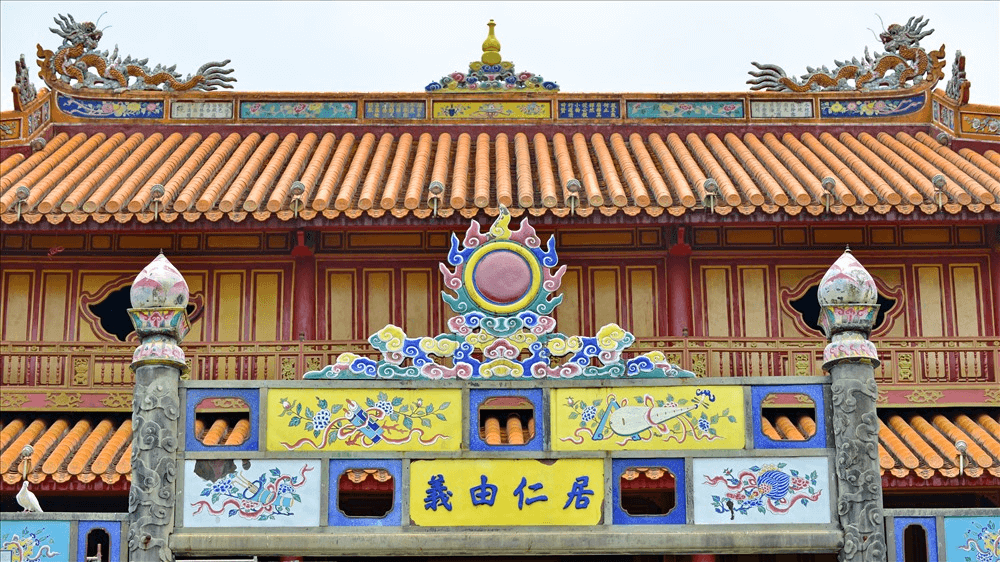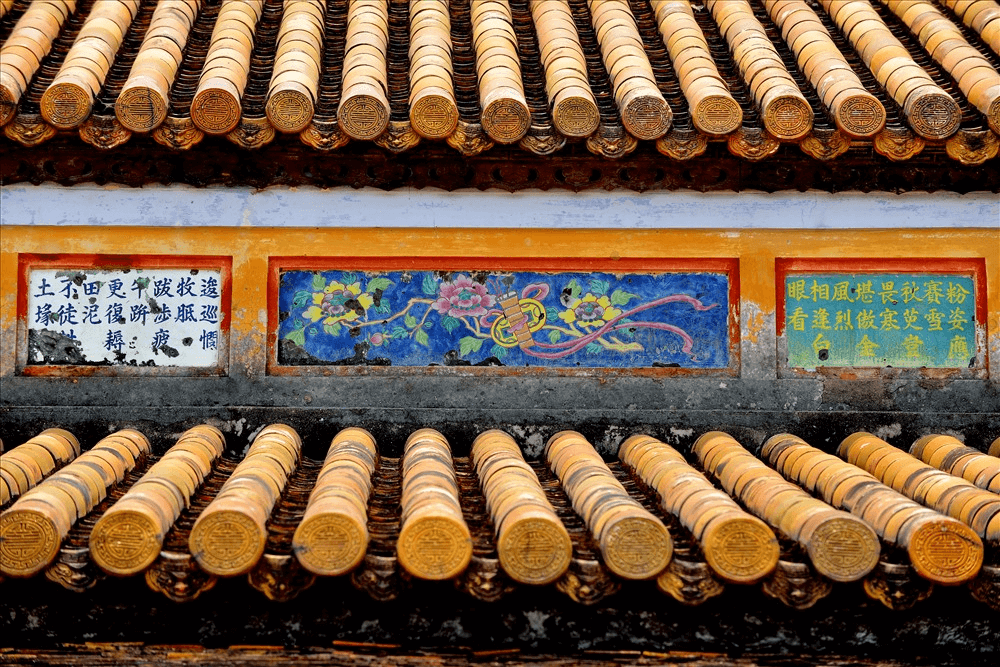The Origin and Development of Pháp Lam Enamelware in Huế

In the 17th century, Jesuit missionaries from Europe introduced to Guangdong (China) a unique decorative enamel technique: using red copper as the base, coating it with a primer glaze, then painting colorful motifs with enamel and firing at high temperatures to create vibrant, durable artworks. This technique originated in the Limoges region of France, where it was known as émail peint sur cuivre (painted enamel on copper), and was quickly adopted and developed by artisans in Guangdong.
By the early 19th century, as the use of enamelware—referred to in Vietnam as pháp lam- came into vouge among the nobility and urban dwellers of Huế, thanks in part to trade activity with Chinese merchants at Bao Vinh port, a Vietnamese artisan named Vũ Văn Mai recognized its potential. He traveled to Guangdong to study the craft and, upon returning, submitted a proposal to Emperor Minh Mạng. The emperor entrusted him with the important task of establishing a royal enamel workshop to serve the needs of the imperial court.
At the time, however, local craftsmen were still new to the technique. Their work lacked the refinement of established foreign artisans—rushing led to mistakes, and meticulous work took too long to meet court demands. As a result, Emperor Minh Mạng authorized Vũ Văn Mai to recruit skilled artisans from Guangdong to collaborate and help train Vietnamese apprentices.

Under the Nguyễn dynasty, pháp lam quickly became an integral part of royal architecture. Its resilience in Huế’s harsh climate made it ideal for large-scale decorative use—adornments for palace gates, railings, screens, altars, and more. While rooted in European and Chinese techniques, the craft was localized with traditional Vietnamese motifs and color palettes, giving rise to a uniquely Huế style of enamel art—regal, solemn, and deeply embedded in national identity.
Nevertheless, in terms of historical depth and technical sophistication, Vietnamese enamelware remains modest compared to more established traditions in China or Japan. Notably, Japan’s shipouyaki enamel is famed for its crystalline translucence and lustrous finish, achieved by layering transparent glass over the surface. Japanese artisans typically coat the copper base with lead oxide or mercury oxide to prevent corrosion before applying color and firing, resulting in exceptional gloss and durability.
In contrast, Huế enamel is produced by mixing powdered glass with metal oxide pigments and oil into a thick paste, then applying it onto copper inlays and firing. This method yields bold hues and thick enamel layers, but lacks the shimmering transparency of shipouyaki.
Despite these limitations, Vietnamese pháp lam—especially the imperial enamelware of Huế—retains a unique charm born of traditional craftsmanship, aesthetic sophistication, and cultural spirit. Fueled by passion, pride, and national identity, generations of Vietnamese artisans have created enamel artworks that, though relatively young, possess a distinct soul and profound local character.
At Ancient Hue, Vong Canh Villa located in Garden House area and designed in the traditional nha ruong (wooden house) style, featuring enamel artworks crafted by the most skilled artisans from Hue – the capital of Vietnamese enamel art (pháp lam).
In addition to your stay at Ancient Hue, we also offer a Enamel tour & workshop, where guests can explore the art form firsthand and even try their hand at creating their own pieces.
Read more about Thai Hoa Palace



